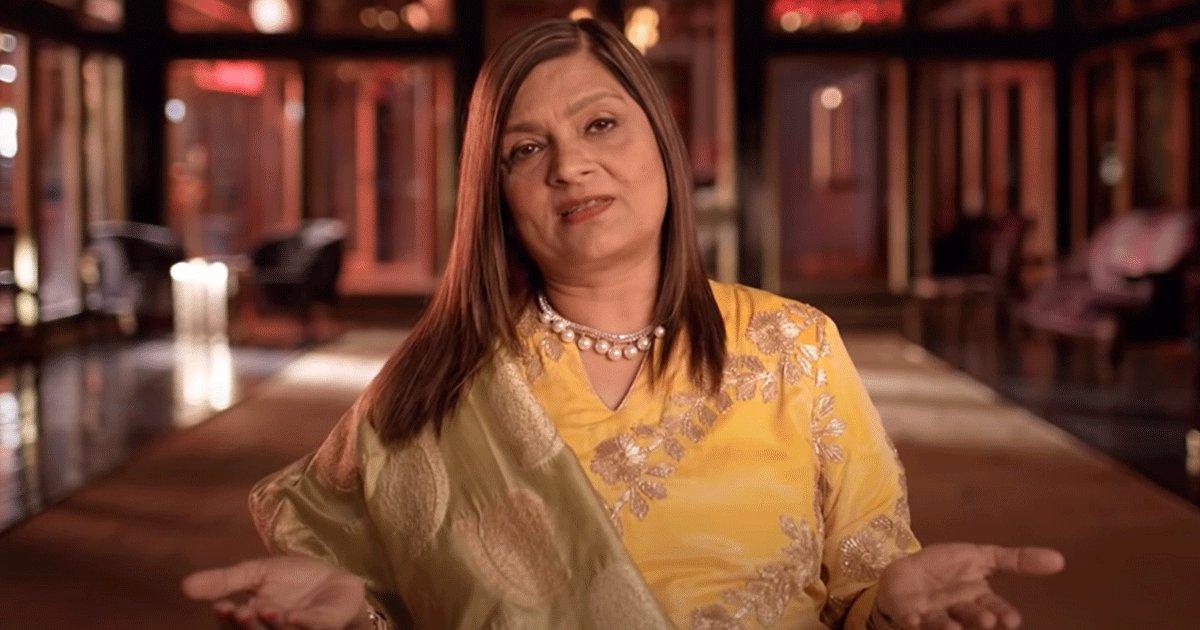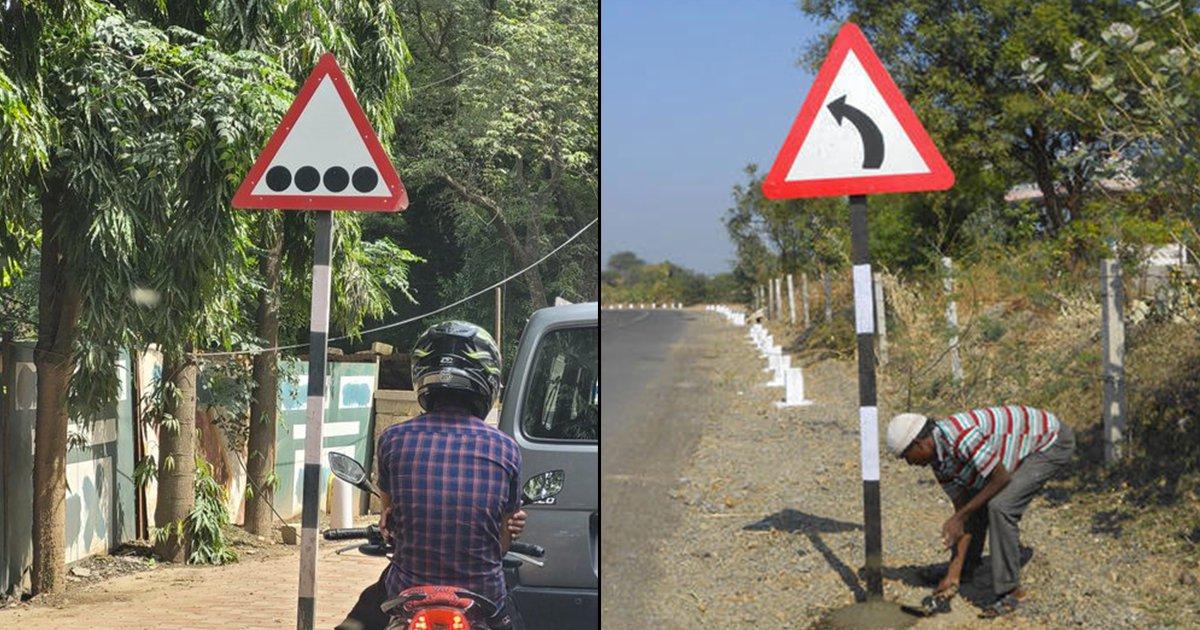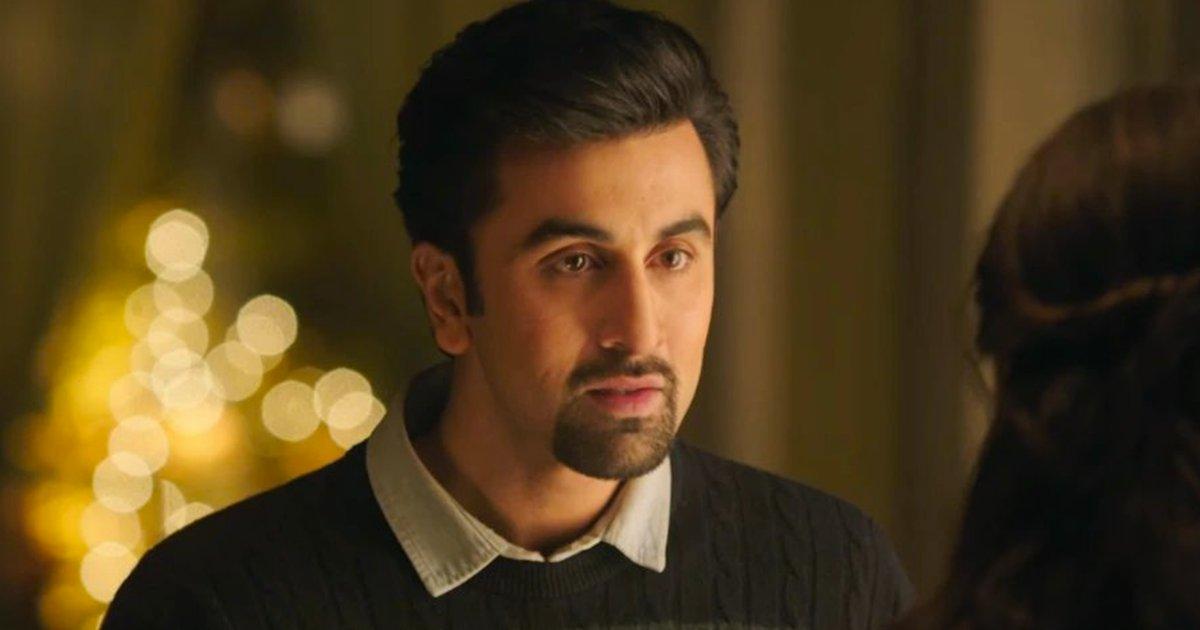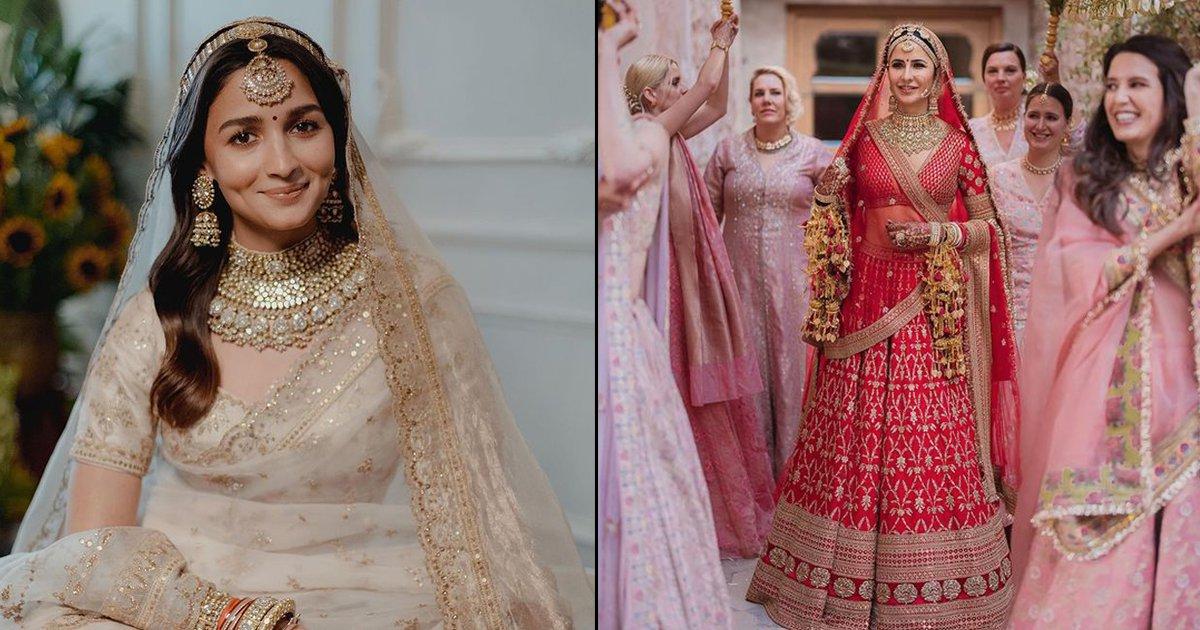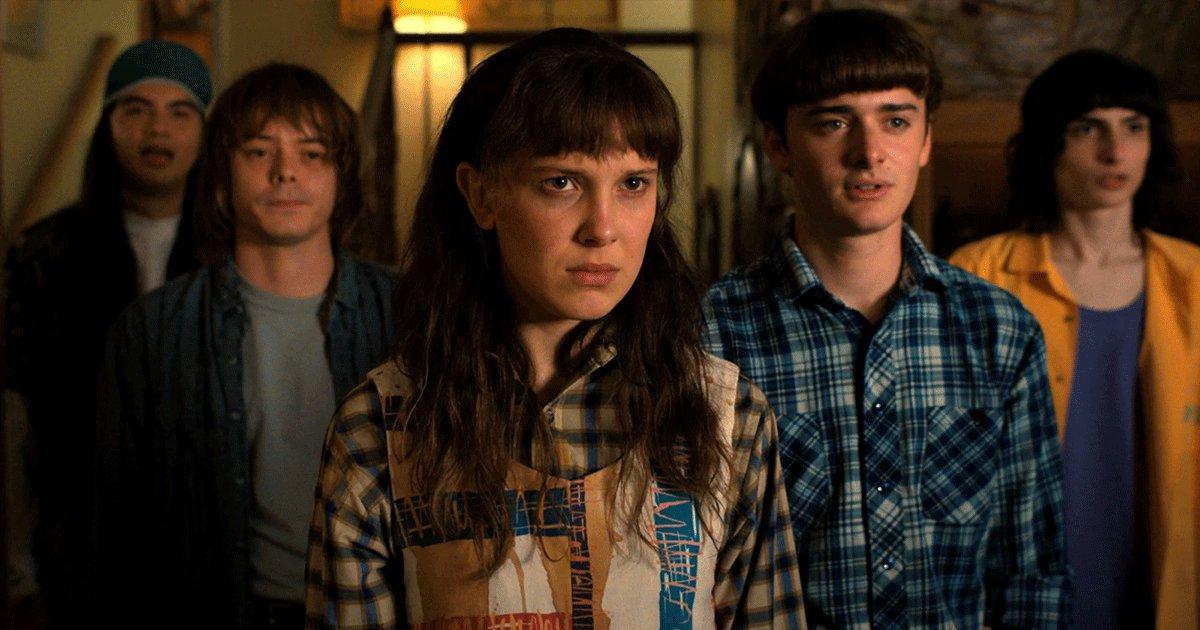The world, in all its colourful glory, is seen by many in many different ways. But ever wondered how people with colour blindness look at the world? Colorblindness.com will take you through their world one image at a time.
There prevails a misconception that people with the condition are unable to see colour at all. More than 99% of the people who live with it can, in fact, see colour. Because of the miscommunication that arbitrary use of language can cause, the term ‘colour vision deficiency’ (CVD) is considered more accurate a definition. If we go by the date on color-blindness.com, 1 in 200 women and 1 in 12 men suffer from some form of CVD. Only around 0.00003% of the world’s population actually suffers from complete colour blindness or monochromacy, where you see the world in black and white.
Read on to know with accuracy what each sub-type of the condition entails.

Deuteranomalia
This is the most common kind of colour-blindness. Experienced by around 4.63% men and 0.63% women, many do not even realise they suffer from the condition. People living with this condition see a more subdued palette especially of red and green.
Protanopia
Shades of red and green look rather faded, whereas yellow and blue seem to be unaffected.
Tritanopia
People with this type of CVD see everything with a greenish/pink tone. It’s a very rare form of CVD that affects 0.0001% of men and women.
Take a look at how the everyday world we see, will look to those with either of the three forms of CVD. See through their eyes.

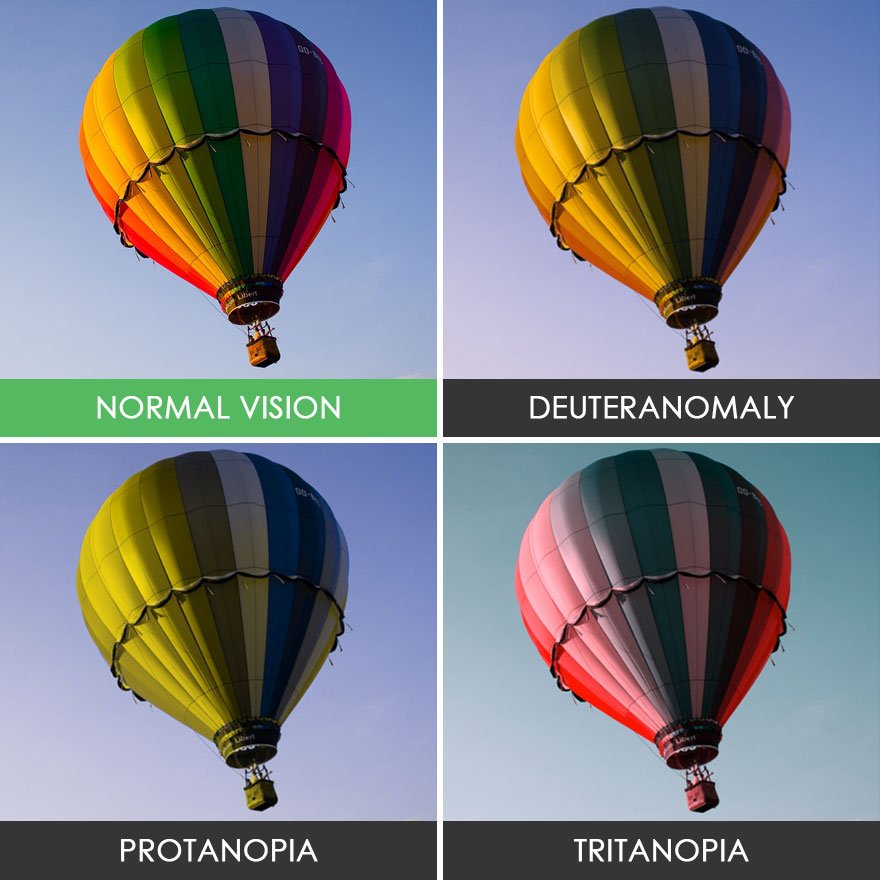
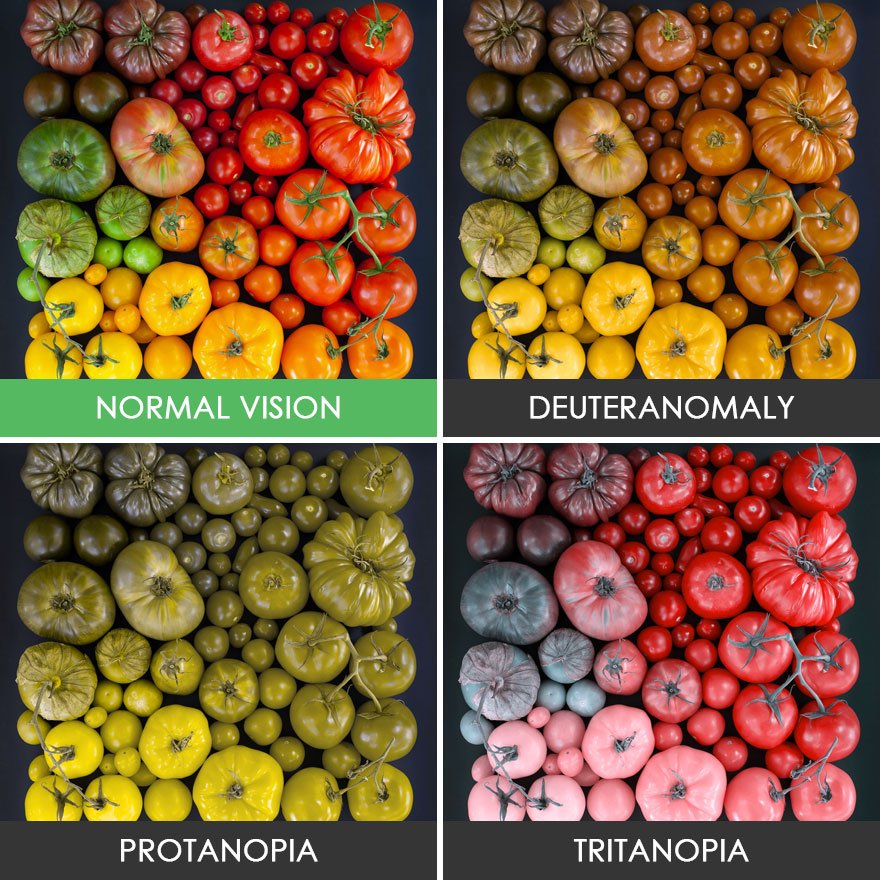
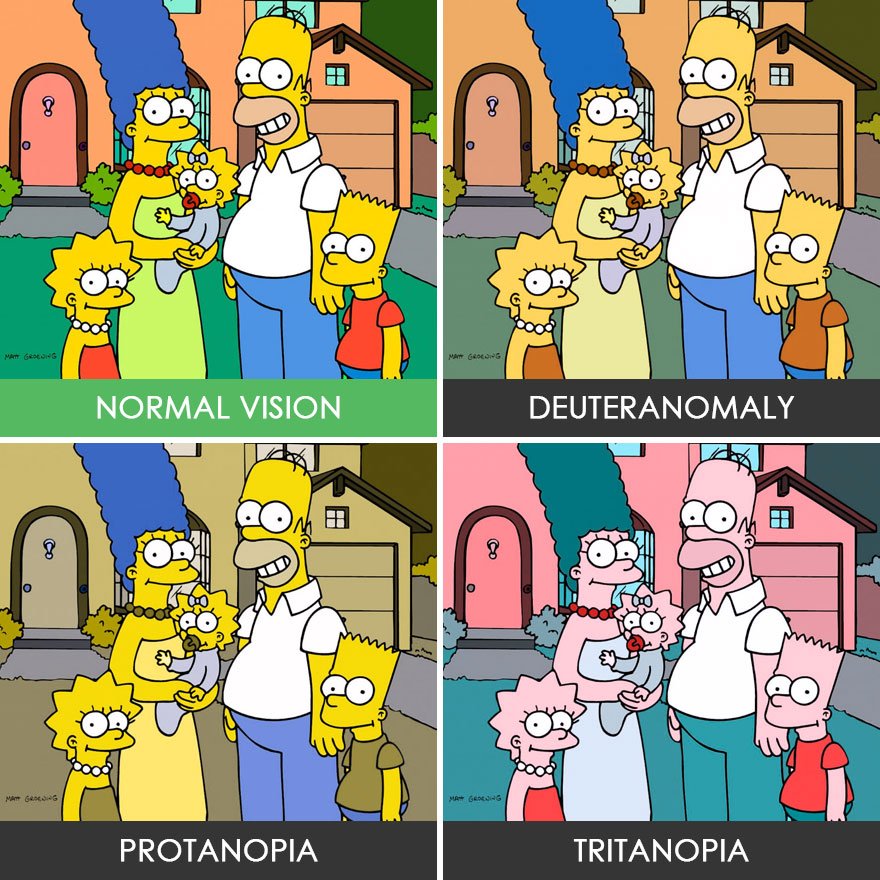
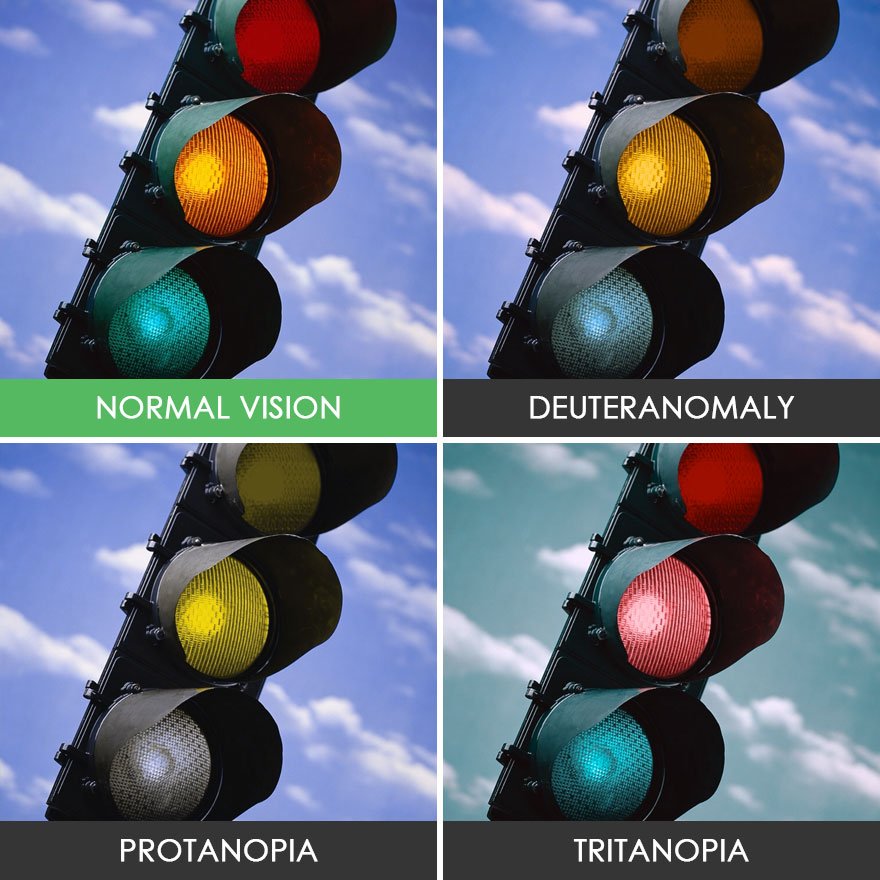
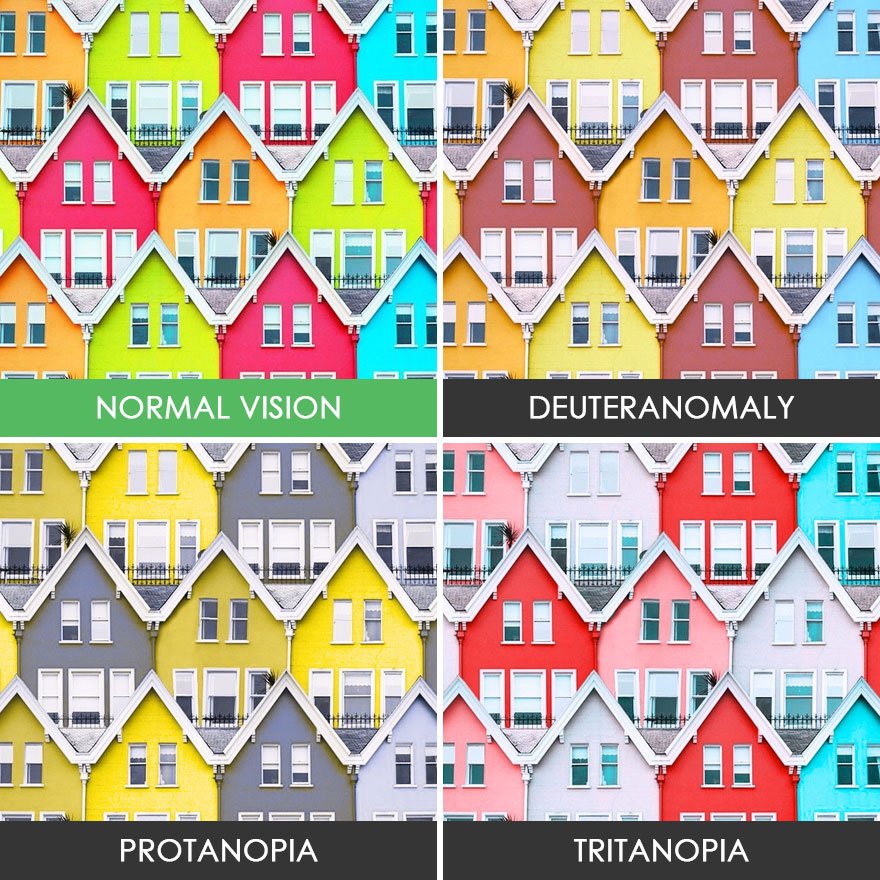

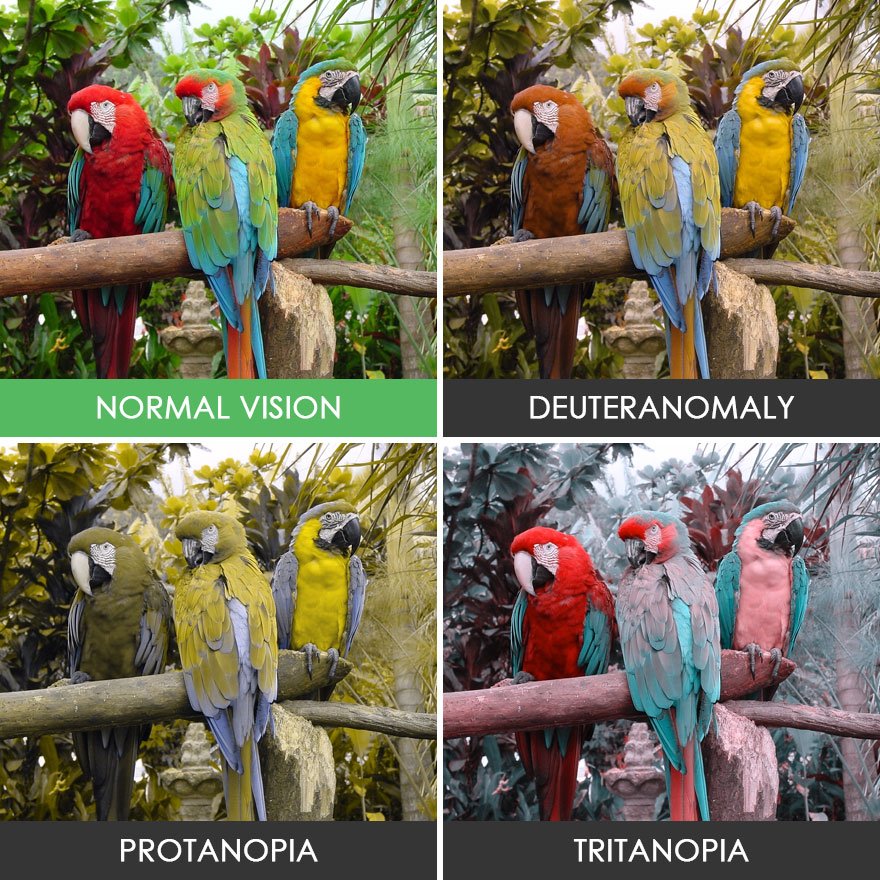


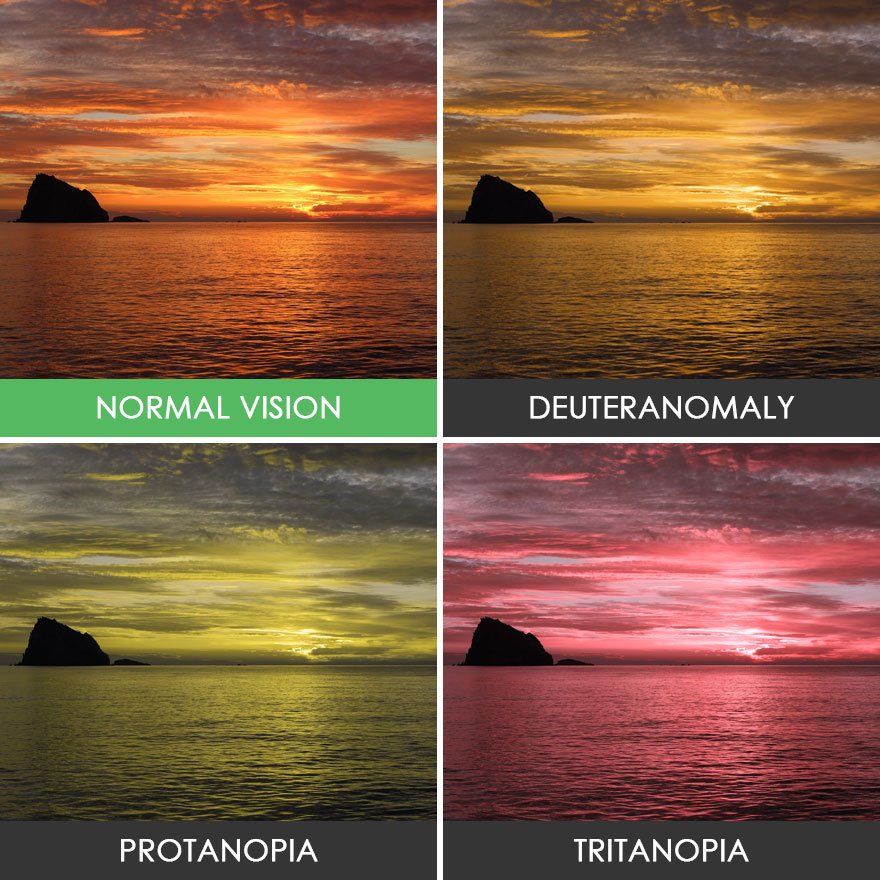
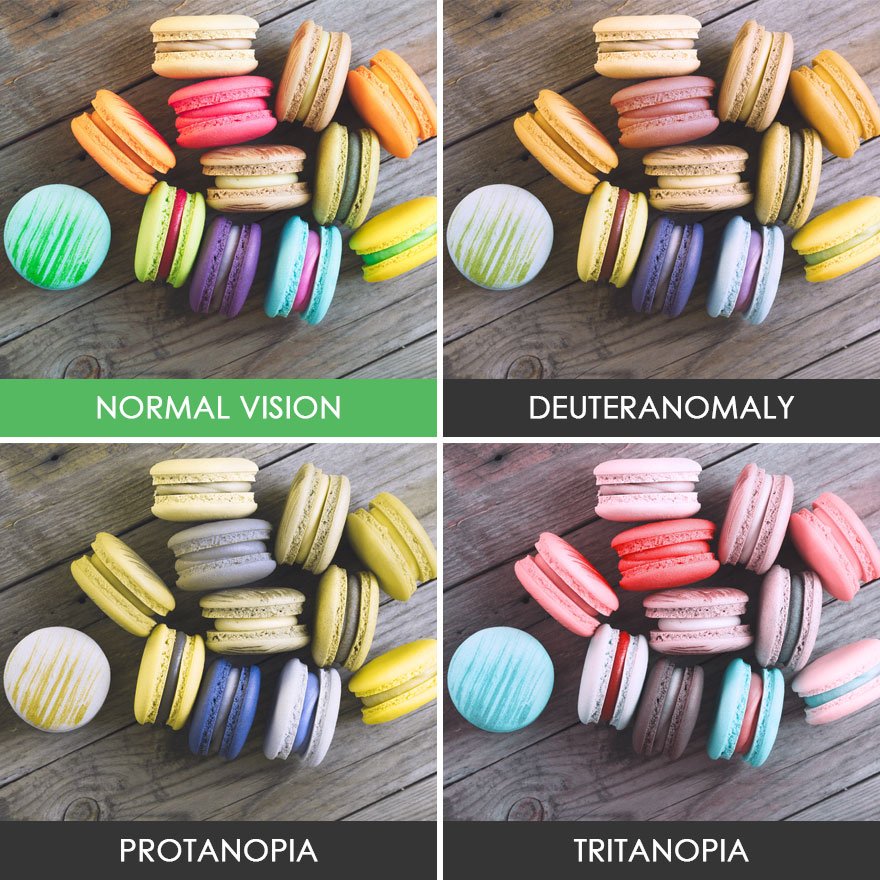
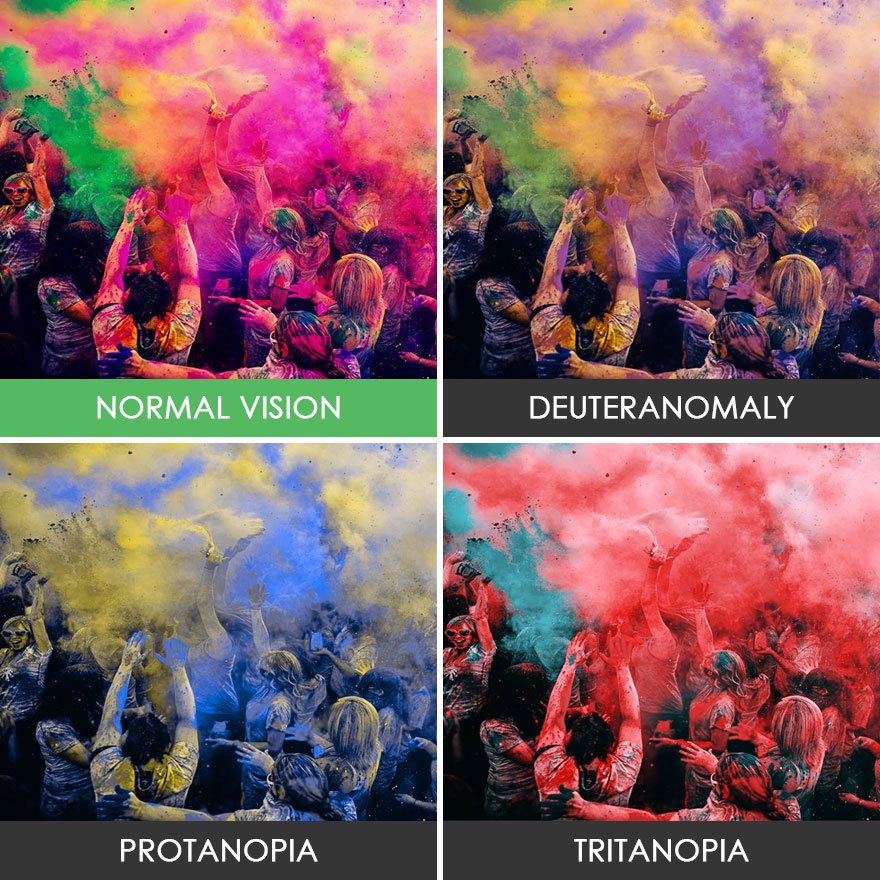



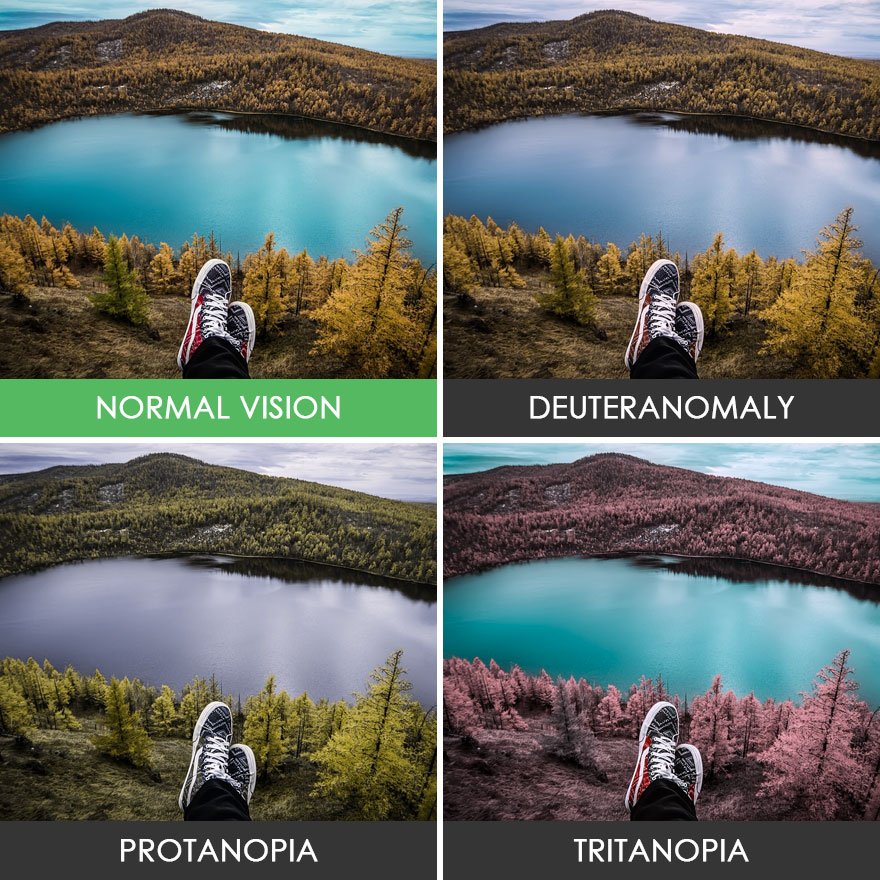
Well, that too is a worldview. It is fascinating to say the least, for what we see is what we believe. There’s no one way to look at the world, is there?














































